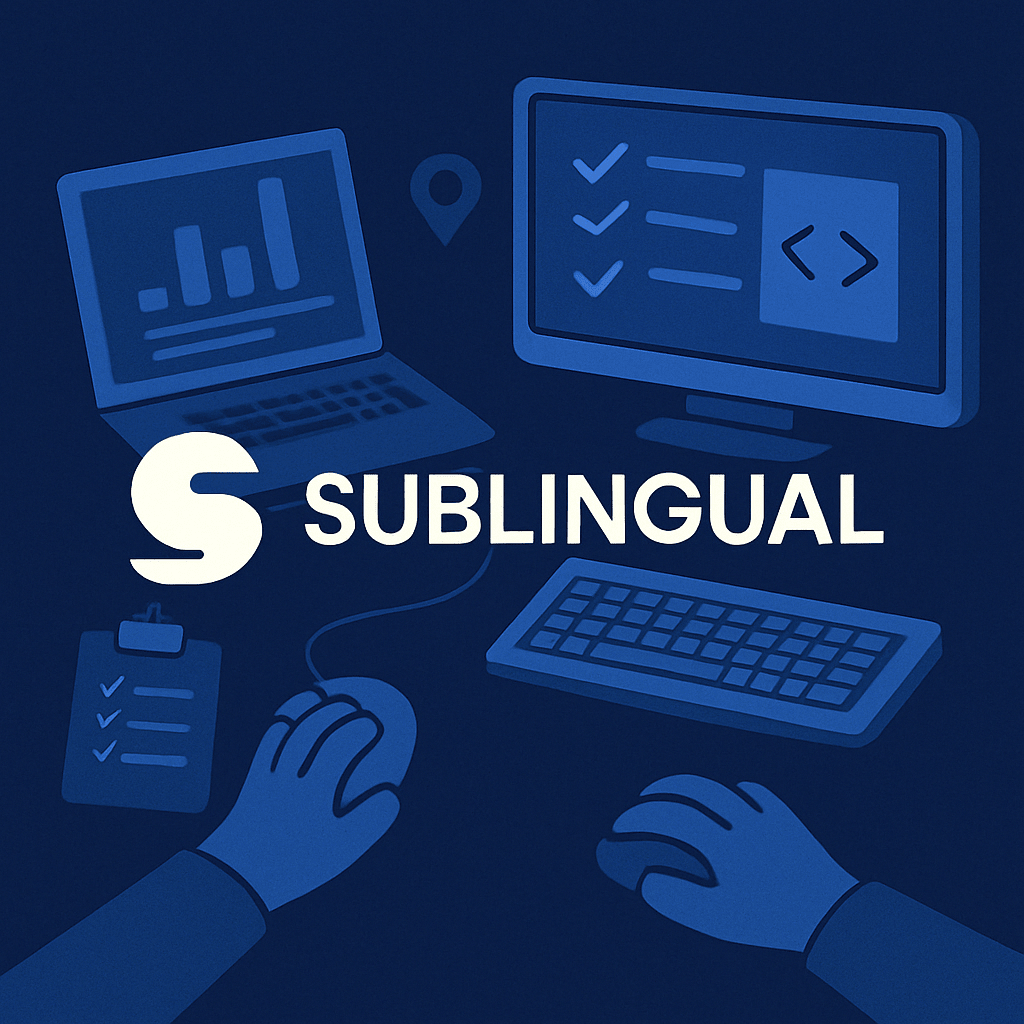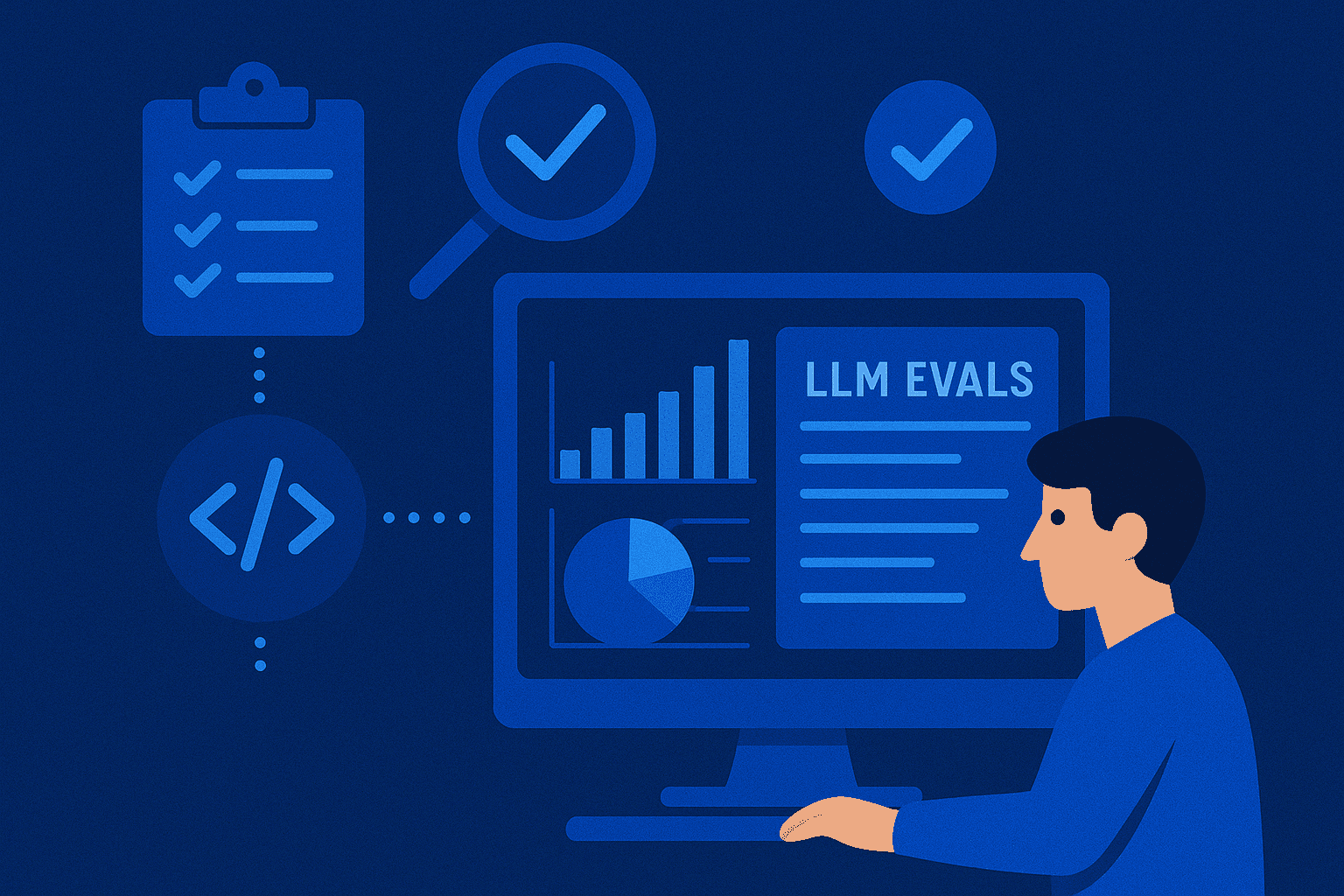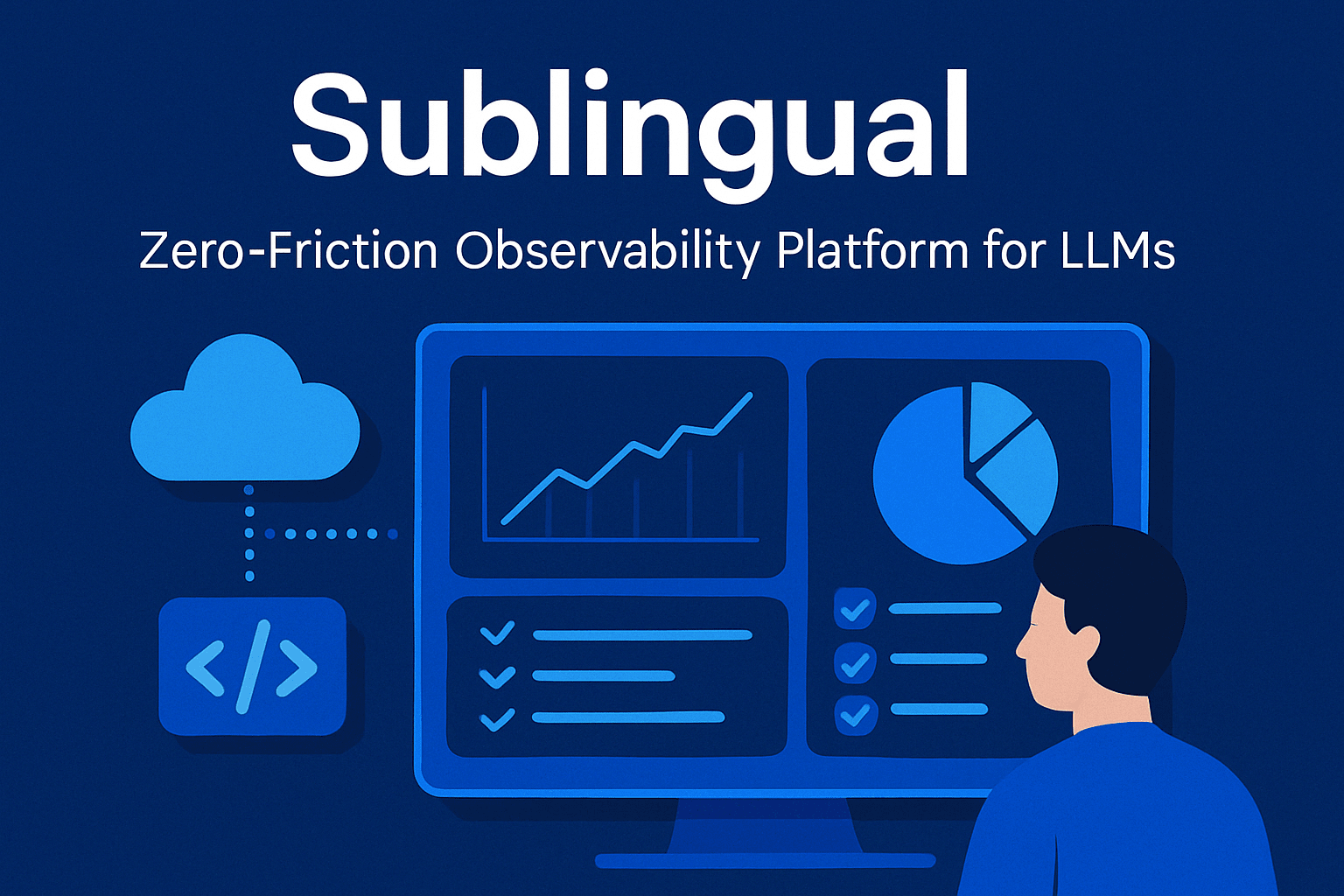From Vibes to Visibility: How Sublingual Simplifies LLM Observability
In an era where AI development is moving at breakneck speed, Large Language Models (LLMs) are becoming central to countless applications. But as developers push out features faster than ever, proper observability and evaluation practices are often skipped. Sublingual, a San Francisco-based startup from Y Combinator’s W25 batch, is on a mission to change that—with minimal effort on the developer’s part.
Sublingual is not just another productivity tool; it’s an open-source LLM observability and evaluation (evals) platform that requires zero code changes to integrate. Designed specifically for developers who are too focused on shipping to deal with cumbersome logging tools, it allows seamless integration through a single pip install. The result? Instant insights, no friction, and no compromise on your workflow.
What Problem Does Sublingual Solve?
The reality in today’s LLM-driven development is that evaluation processes are often neglected. Developers skip detailed testing, rely on gut feelings (“vibe tests”), and push code straight into production. Traditional observability tools are either too complex, too intrusive, or require significant code rewrites and architectural changes.
Founders and developers alike are constantly balancing shipping speed with quality assurance. In many cases, the tools designed to help with LLM evaluation slow teams down or break things when logging servers fail. That’s where Sublingual enters the picture—with a solution that respects the pace of modern development while ensuring performance isn't a black box.
How Does Sublingual Work Without Code Changes?
At the heart of Sublingual’s offering is its ease of use. With just a single command—pip install subl—developers unlock a comprehensive suite of analysis tools without needing to touch their existing codebase.
Sublingual’s secret lies in its ability to operate on the edge. It uses a combination of static and dynamic code analysis to understand how your code interacts with LLMs. This allows it to capture a wealth of information—inputs, outputs, interactions, and server calls—without wrapping or rewriting any logic. And if that weren’t enough, everything runs locally, eliminating any risk of data leakage.
Why Is Zero-Friction Integration a Game-Changer?
For developers, any extra configuration or performance impact can be a dealbreaker. Sublingual flips that narrative by minimizing onboarding overhead. It’s built to plug in and work instantly, without interrupting your workflow or risking production stability.
Sublingual’s architecture ensures that logging and LLM serving logic are fully separated. Even if the logging process fails, the core LLM logic continues unaffected. Developers can remove or add Sublingual at any point without worrying about cascading errors or dependency hell. It’s designed to be invisible—until you need the insights.

Who Is Behind Sublingual?
The founders of Sublingual bring years of experience in building and researching LLM applications. Through countless conversations with other founders and developers, they observed the same trend: evaluation and observability are an afterthought. Why? Because they’re a pain to set up.
That insight led to the creation of Sublingual—a tool built for developers by developers, shaped by real pain points and battle-tested workflows. Rather than reimagining how evaluation should work in theory, Sublingual optimizes how it must work in practice: fast, frictionless, and production-ready.
How Does Sublingual Keep Your Data Secure?
Sublingual understands that with AI, data privacy isn’t a luxury—it’s a requirement. That’s why the platform is designed for easy local hosting. All collected logs and interactions are stored locally by default. No cloud uploads, no third-party snooping, and no need to worry about GDPR or compliance headaches.
By keeping data on your machine, Sublingual provides peace of mind while still delivering the observability developers need. It’s privacy-first by design.
What Makes Sublingual Different from Other LLM Tools?
Sublingual doesn’t just log what’s happening—it understands your code. Its mix of static and dynamic analysis allows it to automatically discover prompt templates, extract patterns, and reveal how your LLMs are truly behaving in production.
While other platforms may require manual configuration or offer generic logs, Sublingual goes deeper. It knows which prompts are used, how users interact with them, and what performance looks like across environments. This rich context translates into actionable insights for debugging, optimization, and QA.
And perhaps most importantly, all of this is delivered without slowing you down.
Who Should Use Sublingual?
Sublingual is ideal for:
- Startups shipping fast and skipping traditional QA workflows.
- Solo developers and small teams who don’t have the bandwidth to build evaluation frameworks from scratch.
- Founders working on LLM-based products who need instant visibility into model behavior.
- Researchers and tinkerers looking to analyze LLM interactions without investing in full-scale infrastructure.
If you're building with LLMs and relying on “vibes” more than data, Sublingual is made for you.
What’s Next for Sublingual?
While the current focus is on easy integration and deep logging, the future of Sublingual promises even more power. Upcoming features may include:
- Automated detection of performance regressions.
- Real-time alerts for suspicious LLM behavior.
- Dashboards for prompt-level analytics.
- Integration with popular CI/CD pipelines.
- Anonymized sharing options for team-based insight aggregation.
As the LLM space matures, the need for intelligent observability will only grow. Sublingual is positioning itself as the go-to foundation for that future.
Why Does Sublingual Matter in the Bigger Picture?
As more companies integrate LLMs into their products, the margin for error shrinks. Hallucinations, prompt drift, and silent failures can damage user trust or even result in regulatory scrutiny. Yet most devs still rely on intuition to monitor performance.
Sublingual represents a paradigm shift: from vibes to verified. It brings robust LLM evaluation to every developer, without requiring them to slow down. In doing so, it aligns perfectly with the modern ethos of shipping fast while maintaining quality.
It’s observability for the rest of us.

Conclusion: Can Developers Really Afford to Ignore LLM Observability Anymore?
The rise of LLMs has introduced incredible new opportunities—but also new complexities. In this new landscape, “just ship it” isn’t enough. Without insight into how models perform in real-world conditions, developers are flying blind.
Sublingual makes it effortless to stay in control. With one command, devs unlock a powerful, private, and production-ready tool that shows them exactly what their models are doing—and why.
In a world where AI is powering more decisions than ever, Sublingual’s promise is simple: better visibility, no compromises.

